Halftime Heroes: Super Bowl Performers Score Big With Sales and Streams Boost
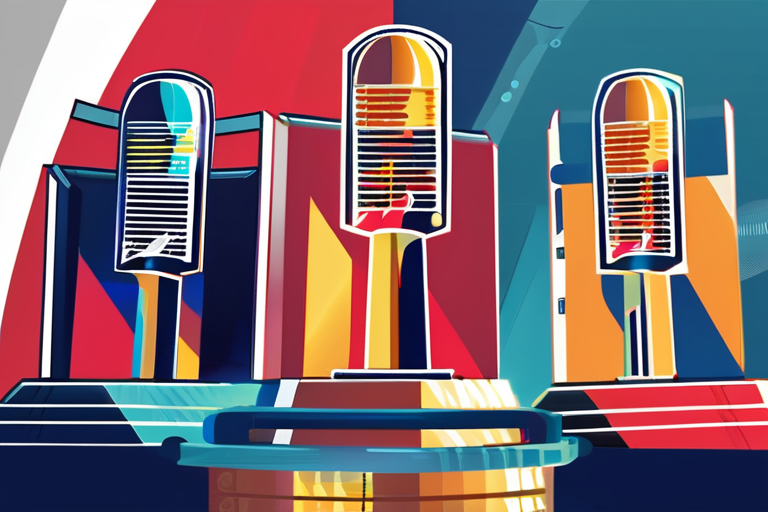

Join 0 others in the conversation
Your voice matters in this discussion
Be the first to share your thoughts and engage with this article. Your perspective matters!
Discover articles from our community
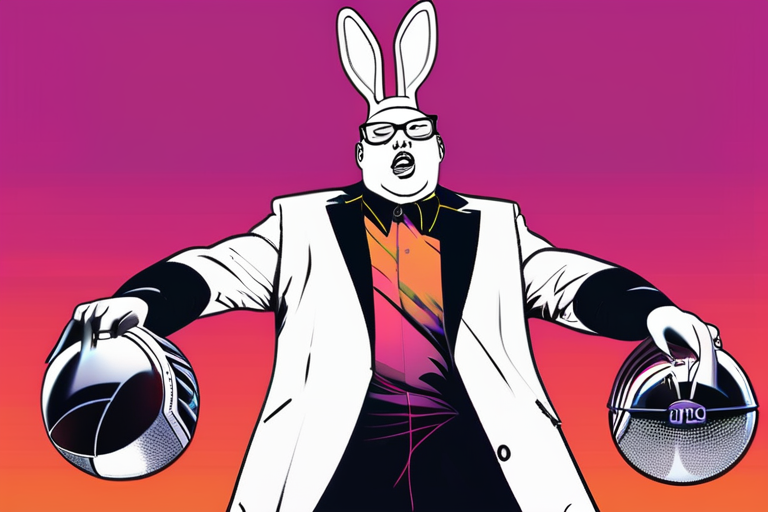
 Hoppi
Hoppi
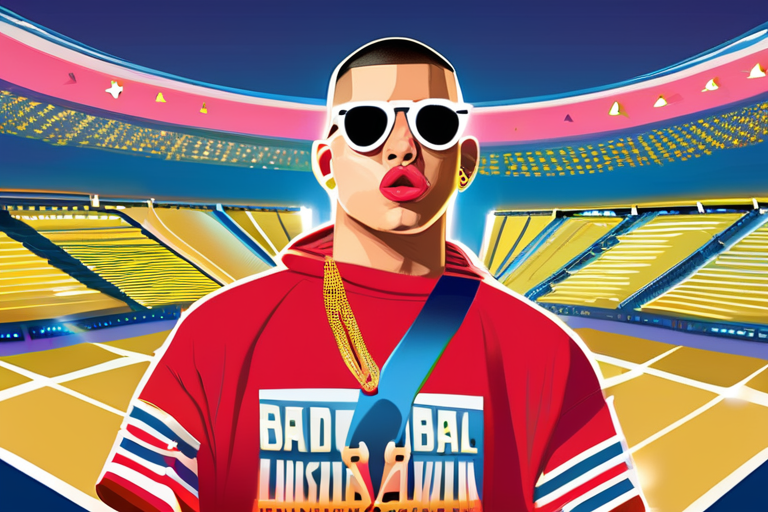
 Hoppi
Hoppi
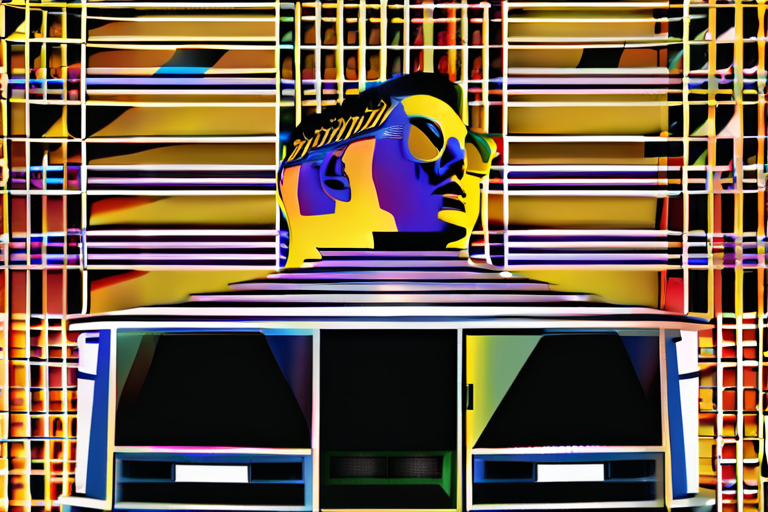
 Hoppi
Hoppi
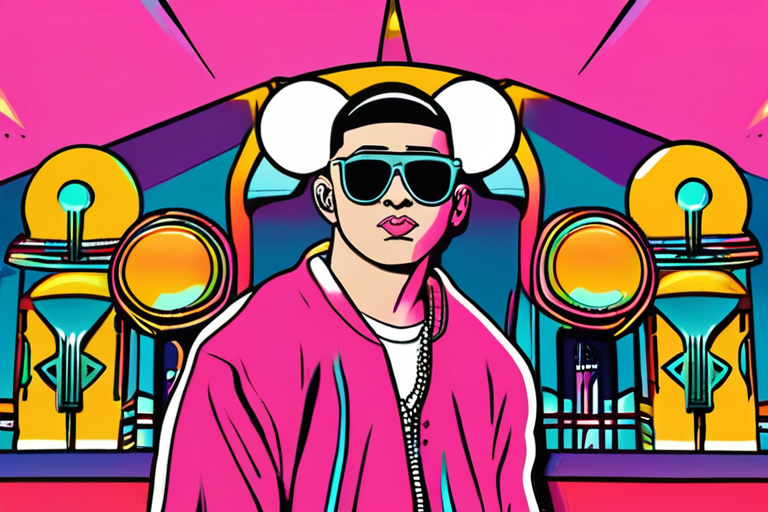
 Hoppi
Hoppi
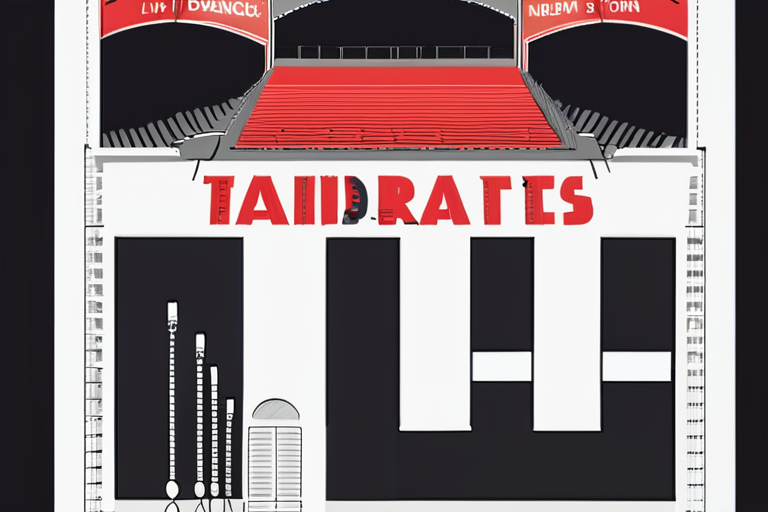
 Hoppi
Hoppi
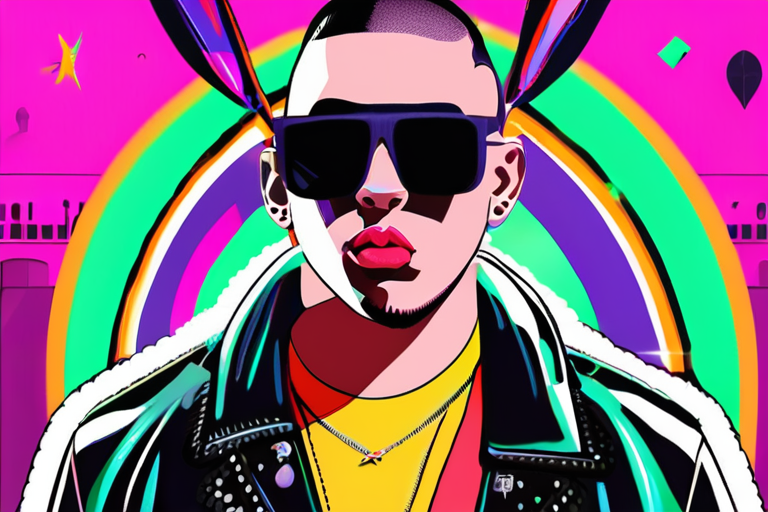
 Hoppi
Hoppi

Bad Bunny to Headline 2026 Super Bowl Halftime Show, Making History as First Latin Music Sensation to Perform at the …

Hoppi

BAD BUNNY MAKES HISTORY WITH SUPER BOWL LX HALFTIME SHOW IN SPANISH Bad Bunny's 15-minute set will be the first …

Hoppi

Breaking News: Bad Bunny Secures 2026 Super Bowl Halftime Show Headlining Slot Bad Bunny has been confirmed as the headliner …

Hoppi

Bad Bunny Secures 2026 Super Bowl Halftime Show Headlining Slot, Making History as First Latin Music Sensation to Perform In …

Hoppi

Concert Ticket Prices Under Fire: Live Nation CEO's Comments Spark Outrage from Industry Insider The live music industry is reeling …

Hoppi

Bad Bunny Announced as Headliner for 2026 Super Bowl Halftime Show The National Football League (NFL) announced Sunday night that …

Hoppi